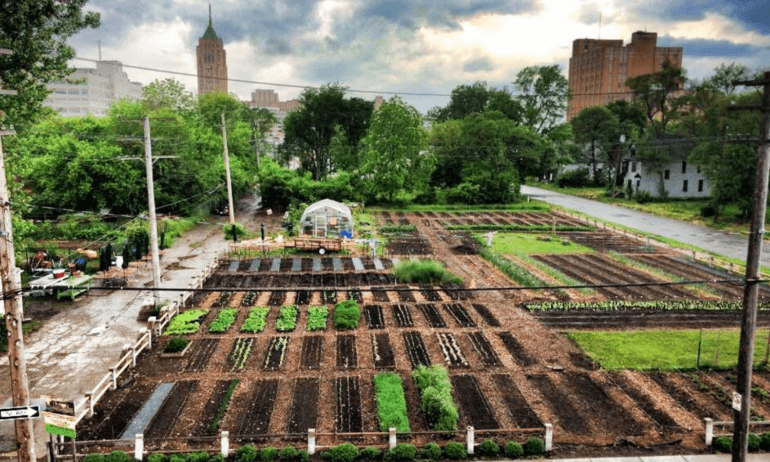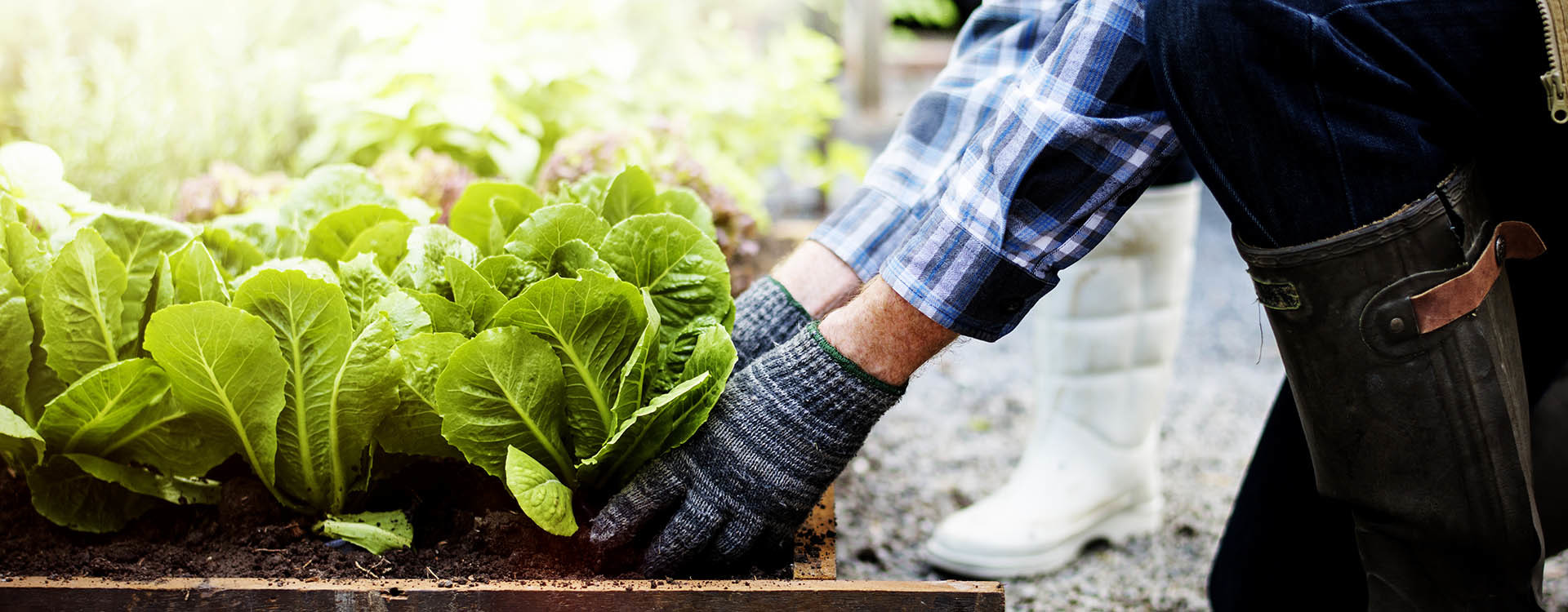Little Known Facts About City Blooming.
Little Known Facts About City Blooming.
Blog Article
Some Of City Blooming
Table of ContentsCity Blooming Fundamentals ExplainedCity Blooming for BeginnersCity Blooming Things To Know Before You BuyNot known Facts About City BloomingRumored Buzz on City Blooming
Interested in growing food for sale in the City of Chicago? Below is a list of regularly asked questions regarding the regulations and regulations that growers should think about when planning an urban agriculture job.
The zoning amendment does not change any kind of various other codes managing composting, structure authorizations, purchasing or renting City possessed property, service licenses or ecological contamination. There are existing codes that manage these issues and they remain in complete impact and might apply to your task. Area gardens are generally owned or taken care of by public entities, public companies or community-based companies and maintained by volunteers.
Urban ranches expand food that is intended to be sold, either on a nonprofit or for-profit basis. Due to their commercial purpose, metropolitan farms require a business certificate.
How City Blooming can Save You Time, Stress, and Money.
Composting is enabled but only for plant material that is produced and made use of on site. The quantity of compost product can not surpass 25 cubic backyards at any type of given time according to the requirements in 7-28-715 of the City's Municipal Code. Yes. Because the dirt at the majority of new garden websites requires amending, compost, soil, wood chips, or other materials can be acquired to create or enhance the growing room - landscaping.

If a building license is required then the hoophouse will certainly be considered an accessory building. You can learn more regarding the structure permit needs by getting in touch with the Division of Buildings. The 25,000-square-foot dimension restriction is planned to prevent a solitary neighborhood garden from dominating a provided block or diminishing the block's existing residential or business personality.
The limitation does not relate to gardens located in Public Open Room (POS) areas. Can there be even more than one area garden that is 25,000 square feet on a single block? Yes. The size limitation applies to individual gardens, not to individual blocks. No. Fencing is not needed, nevertheless, yards that have big parking areas might be required to set up secure fencing or other landscaping features.
About City Blooming
B1 & B2 districts call for that all business usage activities be carried out inside. Is fence required for city farms? Fences may be needed, along with landscaping and testing, for certain car park areas and exterior work or storage locations depending on place and the specific task taking location.
Urban ranches need building authorizations and zoning approvals prior to building and construction (landscaping). Various other kinds of city testimonial may be required depending on specific frameworks, activities, dimension, landscape design, licensing, public heath and stormwater monitoring concerns.
The Division of Company Matters and Consumer Security can assist identify the certain kind of service permit that's needed. Off road vehicle parking is required for many commercial projects in Chicago. The needed number of vehicle parking areas is based on the number of staff members functioning on website and not the square footage of the growing room.
The 5-Minute Rule for City Blooming

An urban ranch can offer compost product generated on site, nevertheless, the operation needs to comply with the guidelines in 7-28-715 of the Chicago Municipal Code. Aquaponic systems are permitted indoors on metropolitan farms in several zoning districts.
Up to 5 hives or colonies of honey bees might be kept as an accessory usage. Nevertheless, beekeepers should sign up with the Illinois Department of Agriculture. For additional information regarding the recommended zoning change you may get in touch with the Division of Real Estate and Economic Growth, Bureau of Planning and Zoning at 312.744.8563.
Farming in cities and urban areas A metropolitan ranch in Chicago. Urban agriculture describes various techniques of cultivating. https://x3n7gir0m43.typeform.com/to/xy4y6eO6, handling, and dispersing food in metropolitan areas. The term likewise puts on the area activities of pet husbandry, aquaculture, beekeeping, and gardening in a metropolitan context. Urban agriculture is distinguished from peri-urban farming, which occurs in backwoods at the edge of suburbs.
The smart Trick of City Blooming That Nobody is Discussing
, that seek to create social networks established on a common values of nature and area holism. These networks can establish by method of formal institutional support, coming to be integrated right into neighborhood town preparation as a "change community" activity for lasting city development.
In either situation, the extra straight accessibility to fresh basics vegetable, fruit, and meat items that might be realised via city farming can improve food security and food safety and security while reducing food miles, leading to lower greenhouse gas exhausts, therefore adding to climate adjustment mitigation. Several of the very first evidence of urban agriculture originates from Mesopotamia.
Report this page